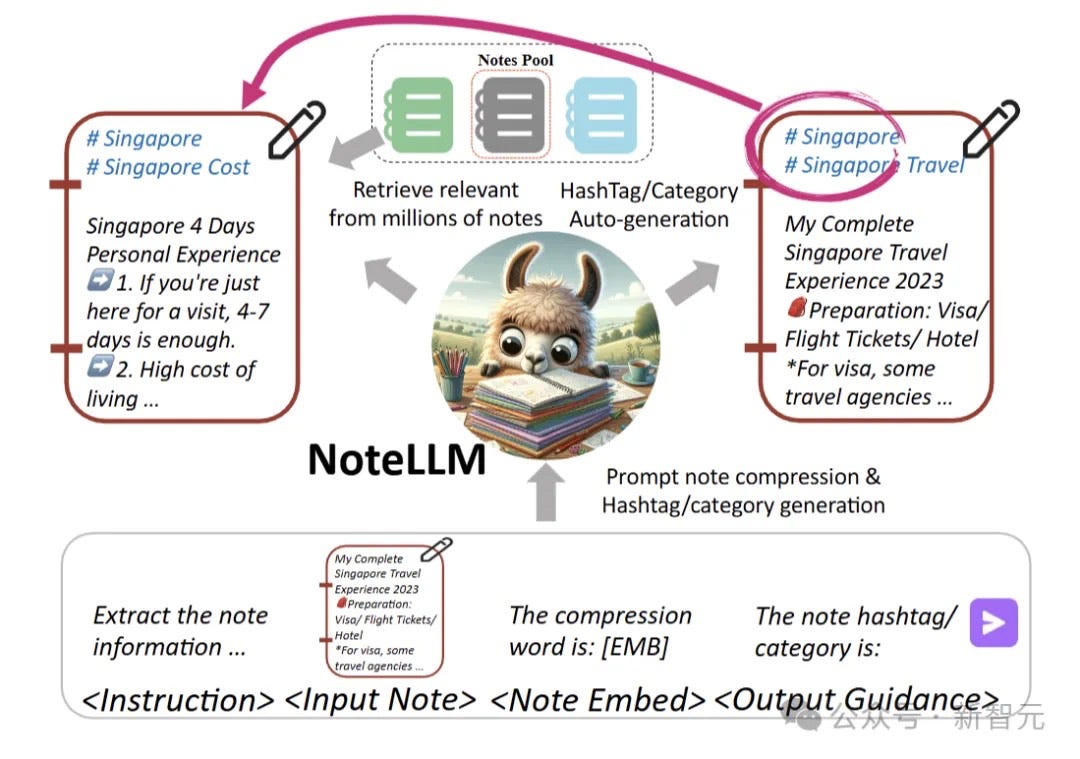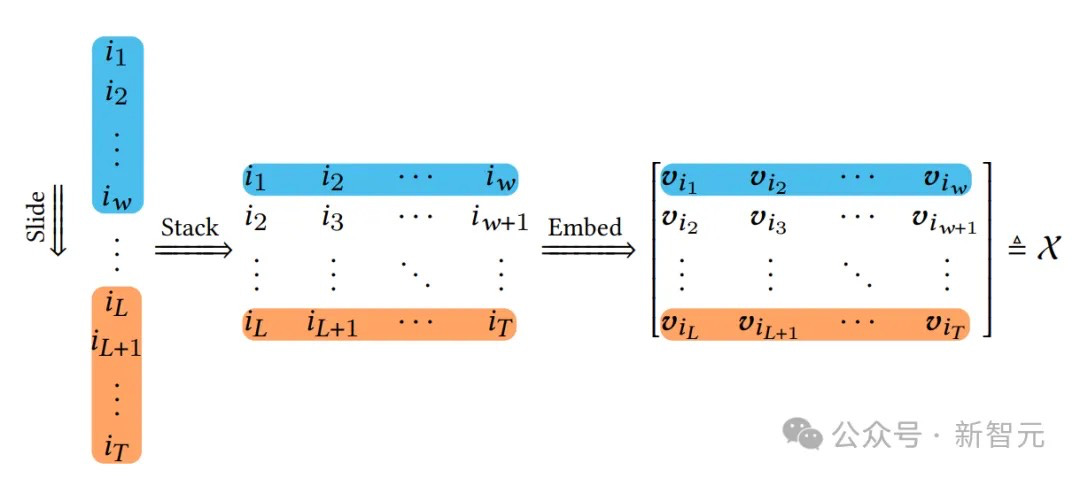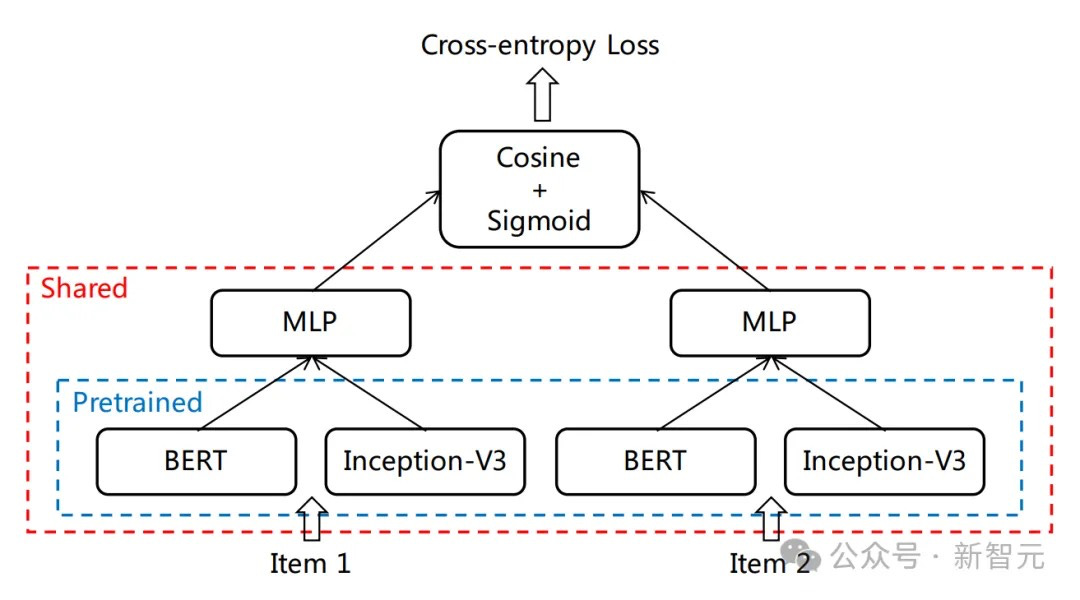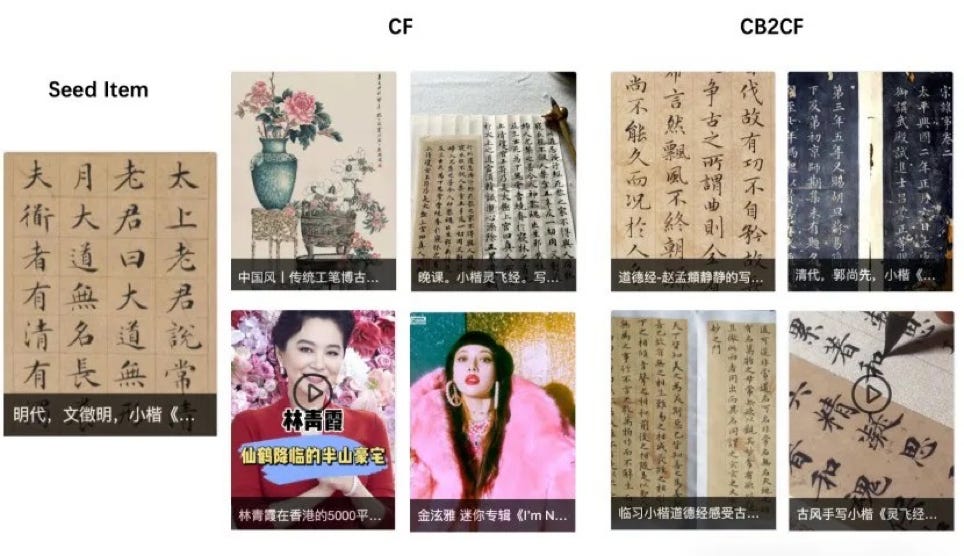Inside RedNote's AI Magic: How Two Powerful Algorithms Keep Users Hooked
Deep Dive into the Recommendation Systems Making Foreign Users Fall in Love with 'China's Instagram'
As Xiaohongshu (RedNote) sees an unprecedented influx of international users, many are praising its eerily accurate content recommendations. Behind this success lies two sophisticated algorithms that make the platform uniquely engaging. Let's explore how Xiaohongshu manages to "read minds" and keep users scrolling.
NoteLLM: Understanding User Interests
NoteLLM, Xiaohongshu's content-to-content (I2I) recommendation framework, has demonstrated impressive results:
16.20% increase in click-through rates
1.10% increase in comment rates
0.41% weekly increase in content creators
3.58% increase in comments on new posts within 24 hours
How NoteLLM Works
The system operates through three key components:
Note Compression Prompts
Generative Contrastive Learning (GCL)
Collaborative Supervision Fine-Tuning (CSFT)
The system uses sophisticated prompts to compress notes into single tokens, making content more easily processable while maintaining semantic meaning. This compression helps the system better understand relationships between different pieces of content.
SSD: Ensuring Content Diversity
The Sliding Spectrum Decomposition (SSD) algorithm tackles another crucial aspect of user engagement: content diversity. This system ensures users don't get stuck in content bubbles by:
Analyzing content sequences through sliding windows
Computing content embedding vectors
Balancing quality with diversity
Addressing long-tail content issues
Performance Improvements
Compared to traditional DPP algorithms, SSD shows significant improvements:
+0.25% in dwell time
+0.71% in interaction frequency
+0.37% in ILAD (content diversity metric)
+0.53% in MRT (category diversity metric)
CB2CF: Handling the Long Tail
To address the challenge of recommending less popular content, Xiaohongshu implements the CB2CF (Content-Based to Collaborative Filtering) strategy:
Uses BERT for text feature extraction
Employs Inception-V3 for image feature processing
Combines features through connected layers
Normalizes vectors for improved similarity matching
Real-World Application
The system has proven particularly effective at:
Finding similar content for low-engagement posts
Maintaining content diversity
Balancing popular and niche content
Supporting long-term user engagement
Technical Implementation
The platform combines these algorithms to create a sophisticated recommendation engine:
Content Processing
Text analysis through BERT
Image processing via Inception-V3
Feature combination and normalization
User Behavior Analysis
Interaction tracking
Engagement patterns
Time-based analysis
Content Diversity Management
Sliding window analysis
Volume-based diversity metrics
Quality-diversity balance
Impact on User Experience
The combined effect of these algorithms creates a highly engaging user experience:
Personalized content discovery
Balanced content diversity
Reduced content bubbles
Improved new content discovery
Looking Forward
As Xiaohongshu continues to attract international users, these algorithms play a crucial role in:
Cross-cultural content recommendations
Language barrier navigation
Cultural preference learning
Global content discovery
The platform's success in attracting and retaining international users demonstrates the effectiveness of its recommendation systems, making it a fascinating case study in social media algorithm development.








